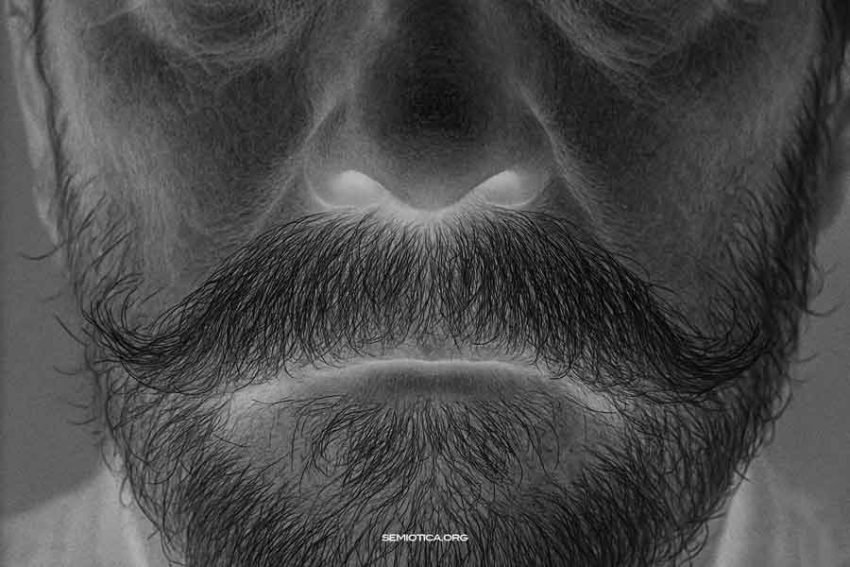In Semiosis and Human Understanding, John Deely states that “you really can’t get very deep into semiotics without involving relations.” For him, relation—rather than substance, perception, or consciousness—is the formal heart of semiosis. Yet, as he observes, “in the history of philosophy, there is no concept more talked about and less thought about than relation.”
Deely begins with a provocative analogy: “What is meant by a ‘sexual relation’? Well, two people having sex, no? No. Having sex is not a relation, it is an interaction.” He refers to Aristotle’s categories, agere et pati—to act and to be acted upon—emphasizing that such actions are dyadic, whereas a relation is “what results from the interaction.” The relation, like a child conceived, “is brought about by but survives or continues in its own existence after the interaction is a ‘thing of the past’.” Hence the striking formulation: “Relations are the children of interactions.”
This distinction is essential to understanding how semiosis operates. Relations are not visible or tangible: “They cannot, unlike material things related, be directly instantiated to sense.” This invisibility is precisely what makes them elusive both to philosophers and to scientists. Yet, as Deely notes, the entire perceptual world “already presupposes and consists in a web of semiosic relations.”
From this point, Deely connects relation to the classical question of substance. Quoting Aristotle, he recalls that if the world is composed of many entities, “there have to be ‘ones’ within the many; for ‘of the many each is one’; and whatever be those ‘natural units’… this is what I call substance.” Still, Deely’s emphasis remains relational: these “natural unities” do not exist in isolation but as nodes within an ongoing network of interactions that leave enduring traces—material, formal, and relational.
In this view, semiosis depends not merely on the activity of things, but on the relational outcomes of their activity. Every being, he writes, “bears in its body and in its form the traces of everywhere it has been, everything it has done, and everything that has been done to it; and it is from those traces that relations provenate.”
Relation, therefore, is not an accessory to reality but its connective tissue—the unseen fabric that allows semiosis to occur and persist across time.
Bibliographic reference: John Deely, Semiosis and Human Understanding, in Semiotics and Its Masters, Vol. 1, De Gruyter Mouton.
